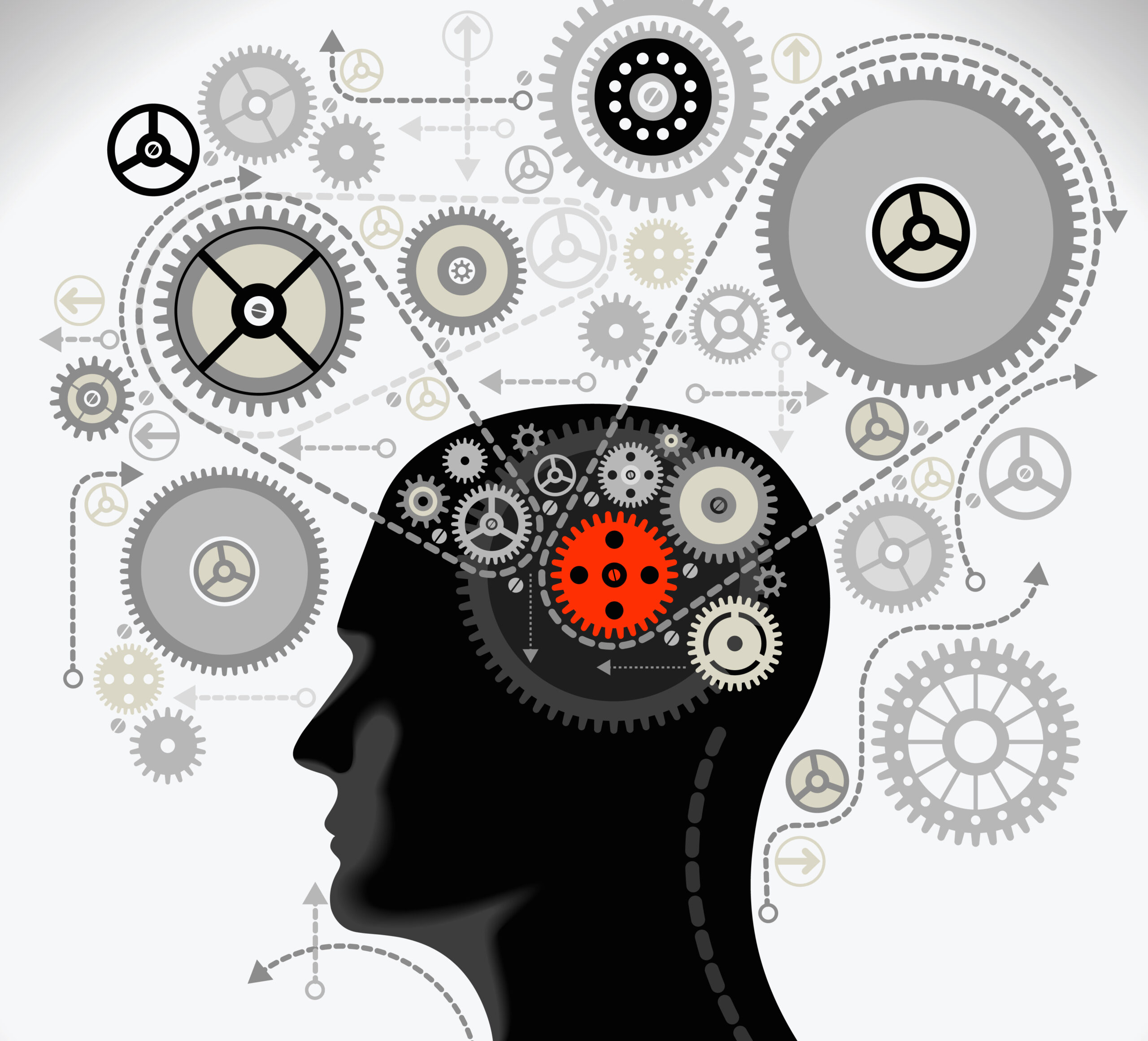
To celebrate Brain Awareness Week, middle schoolers from Washington, D.C. will become brain scientists for a day, with the help of the National Institutes of Health (NIH), to learn about the impact of drugs and alcohol on the brain.
On March 16 and 17, students visiting the National Museum of Health and Medicine will be met by NIH scientists—including researchers from the National Institute on Drug Abuse (NIDA) and the National Institute on Alcohol Abuse and Alcoholism (NIAAA)—who will lead students through hands-on activities that demonstrate how alcohol and drugs can affect the brain.
“This is a wonderful opportunity for young people to interact with NIH scientists and gain a better understanding of how the human brain develops and how it functions, and how to keep their own brains healthy,” said George F. Koob, director of the NIAAA. “It’s also a great way for students to appreciate neuroscience as a potential career goal.”
Highlighting the museum’s celebration of Brain Awareness Week, the NIH activities are part of an annual global public outreach partnership that includes government agencies, universities, hospitals, and schools. Started nearly two decades ago by the Dana Alliance for Brain Initiatives, a nonprofit organization of over 300 leading neuroscientists, the annual event began as a campaign to increase public awareness of the progress and benefits of brain research.
An NIH news release lists several hands-on activities at the museum, hosted by the National Institute on Aging (NIA), National Eye Institute (NEI), the National Institute of Neurological Disorders and Stroke (NINDS), and the National Institute of Mental Health (NIMH), to name a few. And three of the activities are designed to teach students how alcoholism and addiction affect the brain:
1. The NIAAA Cool Spot Carnival:
Students will learn how alcohol interferes with adolescent brain development, as well as sensory perception, movement and balance. Students will try a football-toss game while wearing “fatal vision goggles” to simulate being under the influence of alcohol.
2. The NIDA Brain Derby:
Students will play an interactive game called Brain Derby. They will be divided into two teams, answering questions related to how abused drugs act in the brain and body.
3. Eunice Kennedy Shriver National Institute of Child Health and Human Development (NICHD) examine the Drunken Brain:
Students will step inside NICHD’s novel, multi-sensory exhibit and see the pulsating Drunken Brain, throbbing with electricity in a flood of multi-colored lights and strange sounds. They will learn how alcohol exposure during pregnancy and adolescence can lead to possible brain damage and alcoholism.
Brain Awareness Week is another example of the NIH giving back to the greater community. Although it’s currently only in the nation’s capital, hopefully such events can spread across the country in the future. For more information about the exhibitions and the overall program, please visit the museum’s website.
